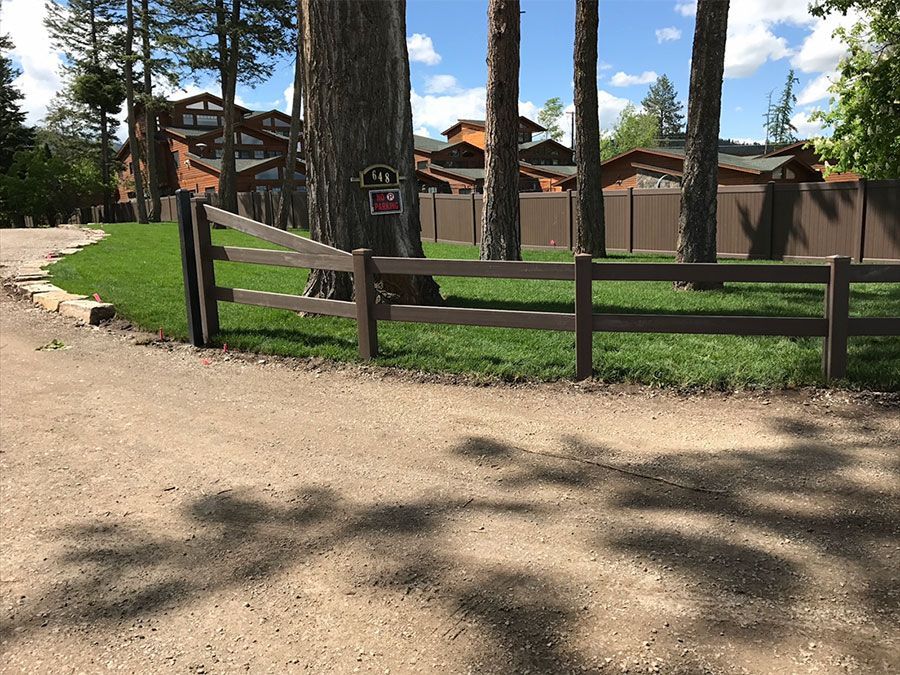Ornamental iron fences represent more than mere functional barriers—they embody art, craftsmanship, and rich history. The history of ornamental iron fences is intricately linked to architectural styles and cultural trends, offering a blend of utility and beauty. Let's explore how ornamental iron fences came to be, how they've evolved over time, and how they continue to influence design today.
Origins of Ornamental Iron Fencing
The origins of ornamental iron fencing can be traced back to the ancient civilizations of Egypt and Rome, where metals like iron and bronze were used to create barriers and decorative elements. These early iron fences were often simple and functional, designed more for security than aesthetics. However, as metallurgy advanced, so did the potential for more elaborate and artistic designs.
Major Shifts in Ornamental Iron Fence Designs
By the 17th century, ornamental iron fencing began to take on more intricate designs, especially in Europe. The industrial revolution in the 18th century played a crucial role in the mass production of iron, making it more accessible and allowing for even more complex designs. Gates and fences with elaborate scrollwork, finials, and decorative patterns became common features in palaces, estates, and even city streets. The history of ornamental iron fences truly blossomed during this period, with iron being used not just for functionality, but also for aesthetic appeal.

Influence of Culture on Designs
As iron fencing spread across different regions, designs became more influenced by local culture and heritage. In France, the baroque-style fences highlighted aristocratic traditions, while in the U.S., iron fences were a sign of status, particularly among wealthy industrialists and landowners. These cultural influences resulted in diverse designs, each reflecting regional tastes and available materials.
Contemporary Adaptations of Ornamental Iron Fencing
Ornamental iron fencing has adapted to modern needs, blending the charm of traditional designs with contemporary materials and techniques. While classic styles are still in demand, today's iron fences often feature minimalist and sleek designs that cater to both security and aesthetics. Modern fences maintain the essence of the history of ornamental iron fences while embracing new trends and technologies.
Wrapping Up
The history of ornamental iron fences tells a tale of innovation, evolving from utilitarian barriers to architectural masterpieces. Whether you're planning to install ornamental iron fencing or just admire their timeless appeal, their rich history and ongoing evolution make them a unique and valuable choice.
What style of ornamental iron fencing do you prefer for your home or business? Let us know in the comments below!
#OrnamentalIronFencing #HistoryOfFencing #IronFences #FenceDesign #Metalwork #DecorativeIron #FencingHistory #ModernDesign #CulturalDesign